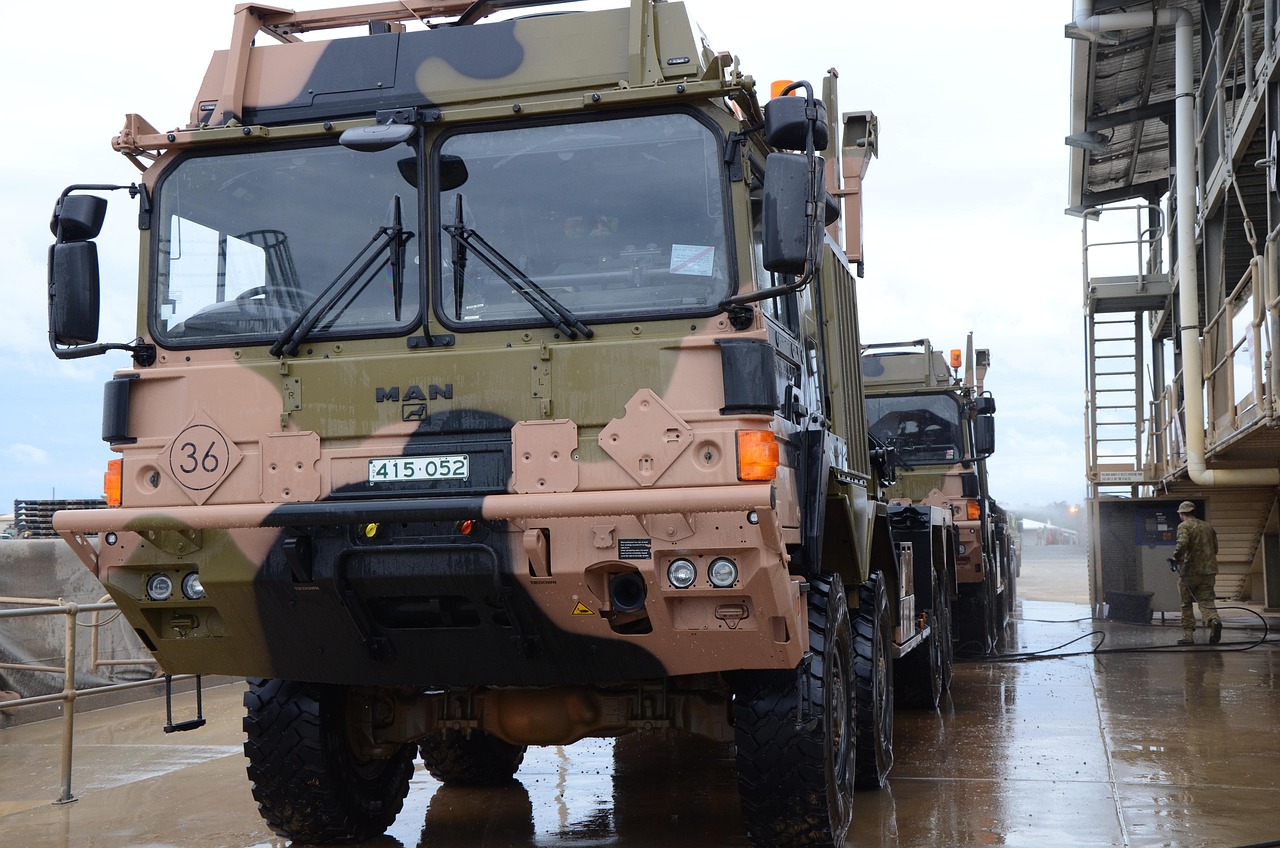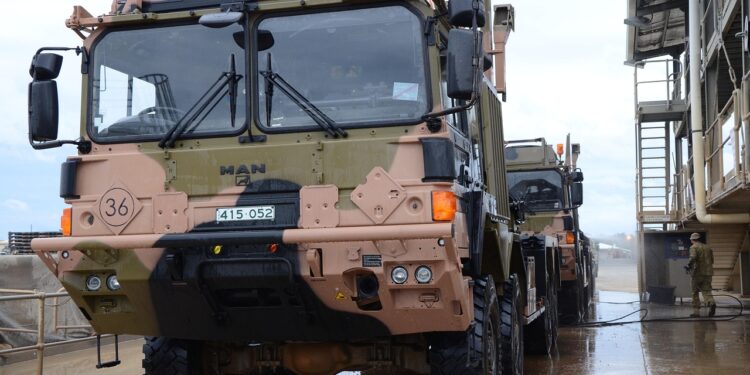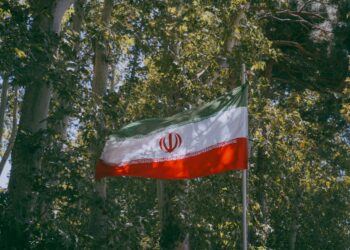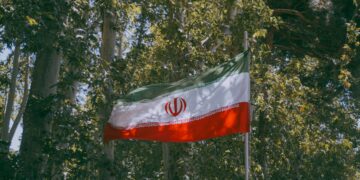Hamas has agreed to release an American-Israeli hostage held in Gaza, marking a new development in the Israel-Gaza conflict. However, the deal is not unconditional, Hamas is demanding the lifting of Israel’s total blockade and the reopening of border crossings in exchange.
This hostage release is being hailed as a breakthrough, but many are questioning the motives behind Hamas’s decision and whether it’s a calculated move to push Israel into making concessions. As tensions rise, this scenario continues to unfold, leaving many to wonder about the next steps in this geopolitical standoff.

Hostage Release: A Genuine Act or Political Strategy?
Hamas confirmed on Friday that it had “responded positively” to a mediation proposal, agreeing to release the last known American-Israeli hostage in its custody. In addition, it will return the bodies of four other hostages. However, there are conditions attached—the release must be followed by ceasefire talks and a gradual lifting of the blockade imposed by Israel.
A Hamas official told Reuters that the group is “working with mediators to compel the occupation to conclude all phases of the agreement.” This raises concerns that the hostage release is being used as leverage rather than a humanitarian gesture.
Israel’s Silence and US Pressure: What Happens Next?
While Israel has not yet responded, US officials have been actively pushing for the release of Edan Alexander, a 21-year-old American-Israeli soldier taken hostage in the October 7, 2023, Hamas attack. The White House had previously called his safe return a “top priority”.
Despite this, negotiations remain tense. Israel blocked all supply trucks into Gaza on March 2, citing Hamas’s failure to commit to the second phase of the ceasefire agreement. In response, Hamas urged Egypt and Qatar to intervene and restart talks to release more hostages.
Ceasefire Stalemate: Who Will Blink First?
The first phase of the ceasefire, which began on January 19, saw Hamas exchange 33 Israeli hostages and five Thai citizens for 2,000 Palestinian prisoners. However, the deal collapsed on March 2, as Hamas demanded Israeli troop withdrawal and a permanent end to the war—a condition Israel refused to accept.
Since the breakdown of negotiations, the humanitarian crisis in Gaza has worsened, with reports of over 48,000 Palestinian deaths according to Gaza health officials. Meanwhile, Israel continues its military operations, arguing that Hamas remains a threat to national security.
The deal is now at a crossroads, with each side refusing to back down while civilians continue to suffer the consequences of prolonged warfare.
A Calculated Move or a Path to Peace?
While some view the American hostage release as a step toward peace, others believe it’s a tactical move by Hamas to force Israel into lifting the blockade and restarting negotiations on its own terms.
With both sides unwilling to compromise, this latest development might only be the beginning of another round of strategic maneuvering rather than a genuine effort to end the conflict.

















